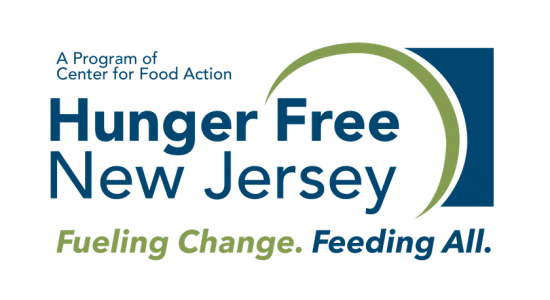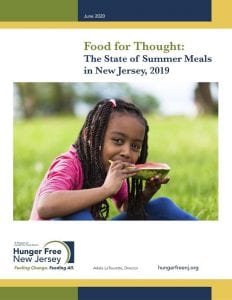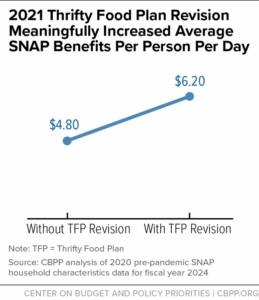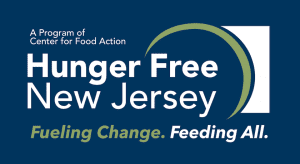New Jersey is expected to experience one of the sharpest increases in child hunger across the United States, due to the COVID pandemic.
Feeding America projects that New Jersey will experience a 75 percent increase in childhood hunger in 2020, making it the fifth worse state in the nation for the estimated increase.
“We have to make sure that does not happen,’’ said Adele LaTourette, director, Hunger Free New Jersey. “The first step to heading off this hunger is expanding the reach of federal summer meal programs.’’
To accomplish this, New Jersey communities will need to do better than they did last year, LaTourette added.
A report issued today, Hunger Free New Jersey, a statewide non-profit, found that the number of children served last summer dipped 1 percent to about 101,000. That means New Jersey communities reached just 26 percent of children who eat free or low-cost school lunch. National standards recommend reaching 40 percent of these children.
“While we have made great strides in recent years in feeding more children during the summer, far too many New Jersey communities are not reaching children most in need when schools are closed and children lack access to school meals,’’ LaTourette said.
During the COVID emergency school closings, schools across New Jersey stepped up to serve meals to tens of thousands of students, recognizing that many families rely on these meals to feed their children.
Yet, every summer, schools close for more than two months and many school districts provide little or no summertime nutrition.
“The need to feed children during the pandemic has been enormous,’’ LaTourette said. “We commend the extraordinary efforts of New Jersey school leaders to meet this need since schools closed in March. We are concerned, however, that many districts will not continue providing this critical nutrition, not only this summer, but in summers to come.’’
During the pandemic, the United States Department of Agriculture (USDA) relaxed rules on how and when meals are served. This has been key in enabling districts and other organizations to provide multiple meals.
The pandemic, then, has underscored two critical issues, the report found:
- More flexibility in federal child nutrition programs is needed to reach more children with this much-needed nutrition during “normal” times.
- Communities, including school districts, must work together every summer to provide food to children whose families rely on school meals during the academic year. Without this nutrition, tens of thousands of children face hunger each summer.
Summer meal service stagnant in 2019
In July 2019, nearly 3.2 million summer meals were served to children in communities across the state, the report found. On an average day in July 2019, more than 101,000 children received a meal. While total child participation dipped slightly in 2019, this still represents a 36 percent increase since 2015.
The long-term growth of summer meals has occurred through the Summer Food Service Program (SFSP), which allows schools, community organizations and local government to serve meals in various settings, including parks, pools, libraries and other places where children typically congregate. SFSP participation in New Jersey inched up only 1 percent from 2018 to 2019, but has grown 50 percent since 2015, the report found.
The long-term increase in the number of SFSP meals served has resulted in a 67 percent increase in federal dollars flowing into New Jersey communities to feed children since 2015. In 2019, communities received $12.4 million in federal dollars to pay for summer meals for children.
What’s in store for summer 2020?
This summer, with limitations likely to be in force for camps and other programs, some school districts and community organizations are planning to provide food as they did during the unplanned school closings, LaTourette said. This includes distributing food at schools and other community sites and delivering meals directly to families using buses or other mobile delivery methods.
In addition, 128 districts are expected to begin serving food through SFSP this summer, under a law passed in 2018 requiring all districts with at least half of students eligible for free or low-cost school meals to participate in the program.
While USDA has extended waivers of several rules, districts, community organizations and local government have expressed confusion over how these rule exemptions apply this summer.
“We are hearing from summer meal sponsors that there is confusion over whether sites have to require identification from parents, which is not normally needed at open summer meal sites,’’ LaTourette said. “Requiring identification is a huge barrier to child participation.’’
According to the USDA, summer meal sites do not have to require identification from parents this summer. Instead, USDA advises open summer meals sites to ask parents how many children 18 and under are in the household, post signs stating that meals are only for youth and indicate in promotional materials who is eligible to pick-up and receive meals.
LaTourette said the New Jersey Department of Agriculture should provide clear guidance to summer meal sponsors stating that they do not have to require identification.
“We know the need will be even greater this summer,’’ she added. “It is critical that New Jersey communities strengthen the food safety net for children and families. Summer food service is a critical piece to that puzzle.’’
Parents and guardians can find open meal sites at summerfoodrocks.org.






